Holding yarns together is big news in the yarn world - so much so that Ravelry has added functionality to its database to list patterns that use yarns held together.
One of the most popular combinations is adding a strand of mohair to a plain yarn and working with them held together to create a soft fluffy halo but still creating a solid piece.
Holding yarns together can be a great way to use up yarns in your stash too. Perhaps you have lots of 4ply but are lusting after patterns that are using chunky yarn - you can combine them and create some really interesting colour effects at the same time.

Tattingstone Sweater uses two yarns held together
There are lots of patterns available that use yarns held together (and we have Cold Snap Cardigan and Tattingstone Sweater from Easy Everyday Wearables that use them) but can you replace yarns in any pattern you like? Short answer is yes you can!
The longer answer follows...
Some common yarn pairings


These should be taken with a little bit of a pinch of salt because not all yarns of the same weight are the same thickness with a heavy fingering yarn being interchangeable with a lighter sport weight yarn for instance. If there is variation in the single strand then that will be magnified when doubled.
A more detailed look
This all gets a bit easier to understand (and more accurate) when you look at wraps per inch (WPI)
WPI are measured by wrapping the yarn firmly and snuggly, but without overlapping or stretching around an object like a pencil and counting the number of strands to one inch. This can help determine the weight of the yarn. Sources online vary slightly so I have chosen to go with the Craft Yarn Council's WPI range for each yarn weight.

So you can see that there is a bit of a range here but that two strands of a laceweight of 32 WPI would have 16 WPI (half) giving you a yarn in the 4ply/fingering range.
Or a 4ply of 20 WPI when held double will give you a WPI of 10 (half) creating a DK weight yarn.
It gets more complicated when the yarns held together aren't of equal weight or you have more than two but you can calculate it either by wrapping it yourself or by adding fractions.
So back to this example of the 4ply yarn you are actually adding 1/20 to 1/20 which gives you 2/20 which you can rationalise back to 1/10 so 10WPI.
So if I add a lace that is 40 WPI to a 4ply that is 20 WPI I'd work it as
1/30 + 1/20 = 2/60 + 3/60 = 5/60 = 1/12 = 12 WPI
So the lace with the 4ply, in this case, made a sport weight equivalent.
A couple more things to note.
When you hold two or more yarns together to replace one yarn you will create a somewhat different effect. Because the yarns haven't been spun together you will tend to get more drape than you would in a spun yarn of the combined weight. And secondly, if you are working with different thicknesses of yarn then the thicker one will be the more dominant colour and texture in the piece.
Swatching is key!
I know I sound like a broken record throughout these tutorials but swatching is key to successfully substituting to yarns held together. The basic overview and the maths you can use give you a great idea of what might work but there are so many factors involved that you will only know what the fabric will be like when you swatch.


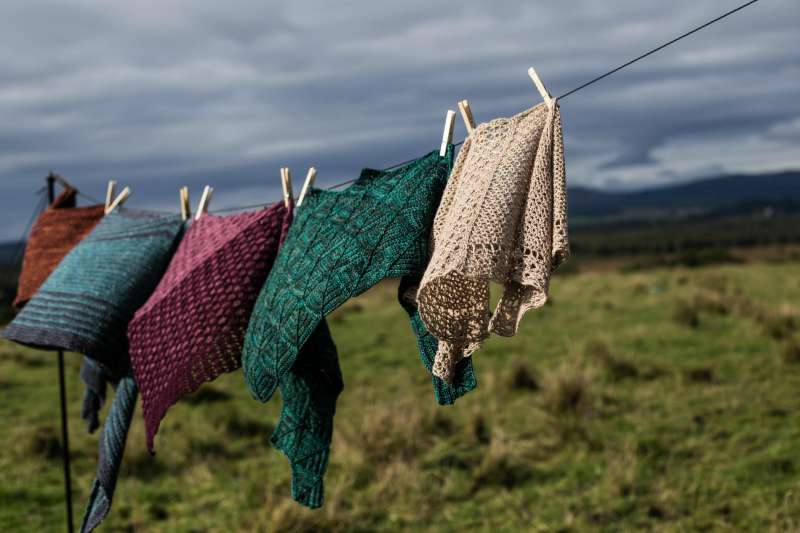
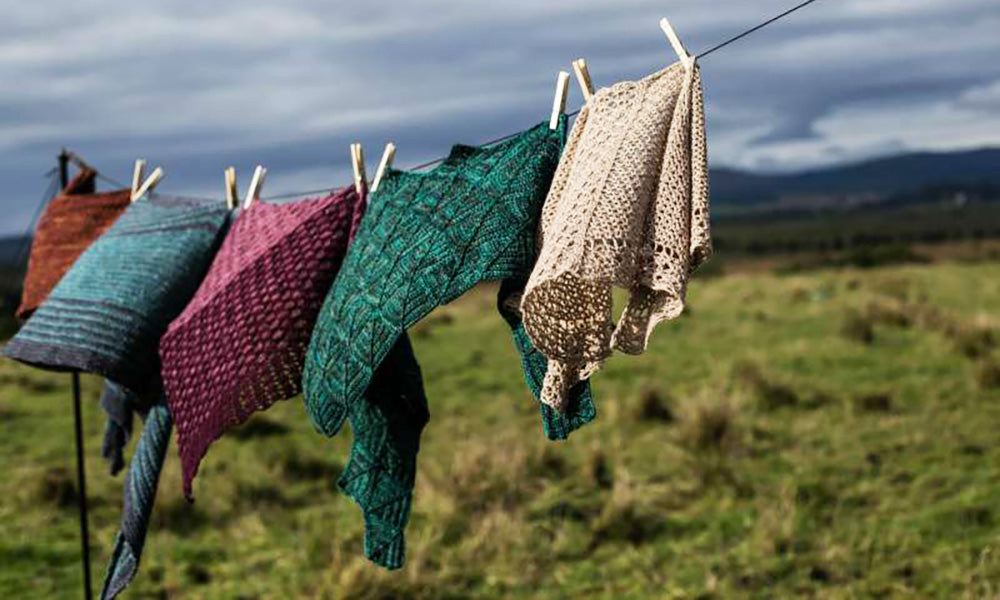
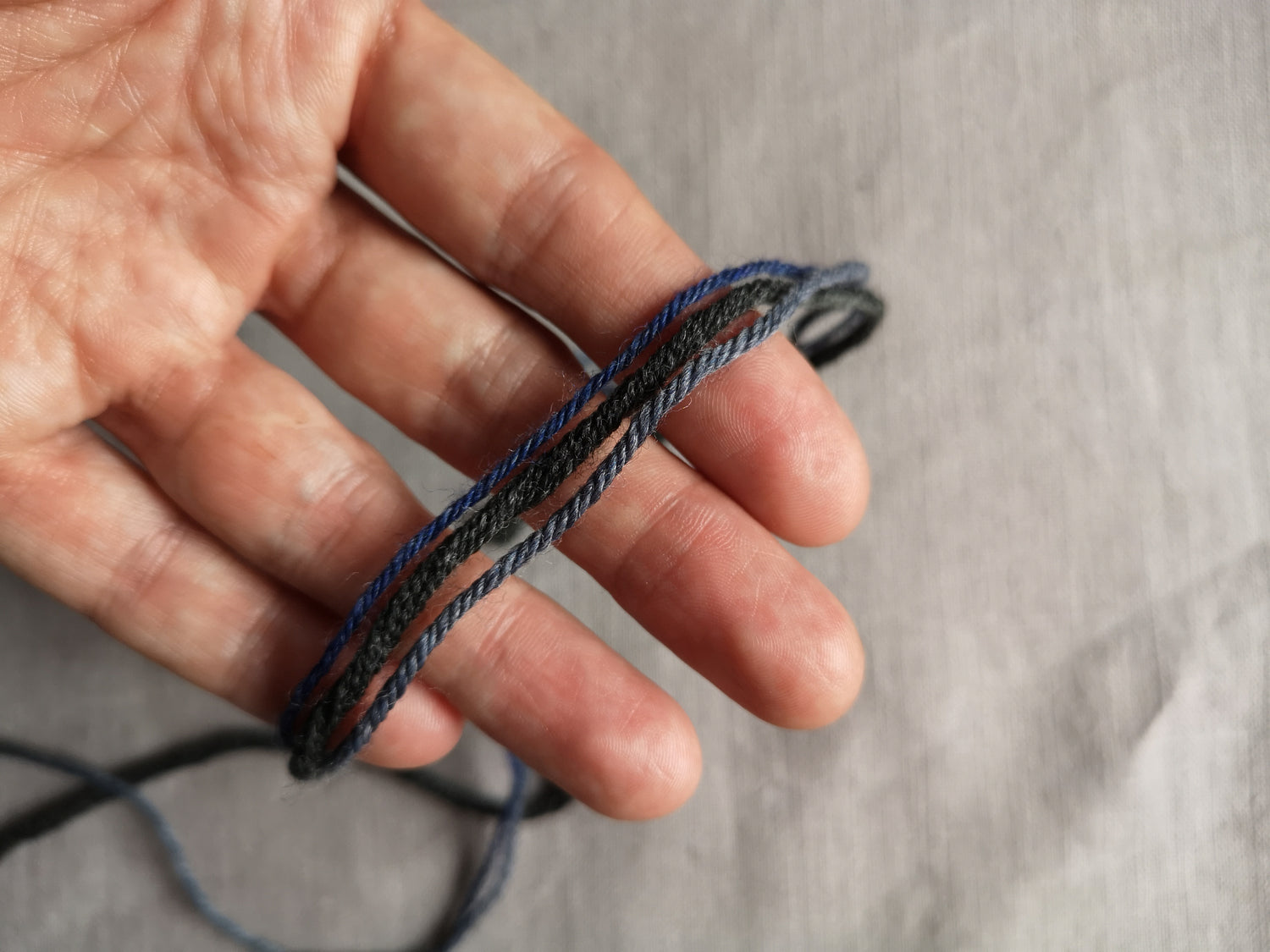
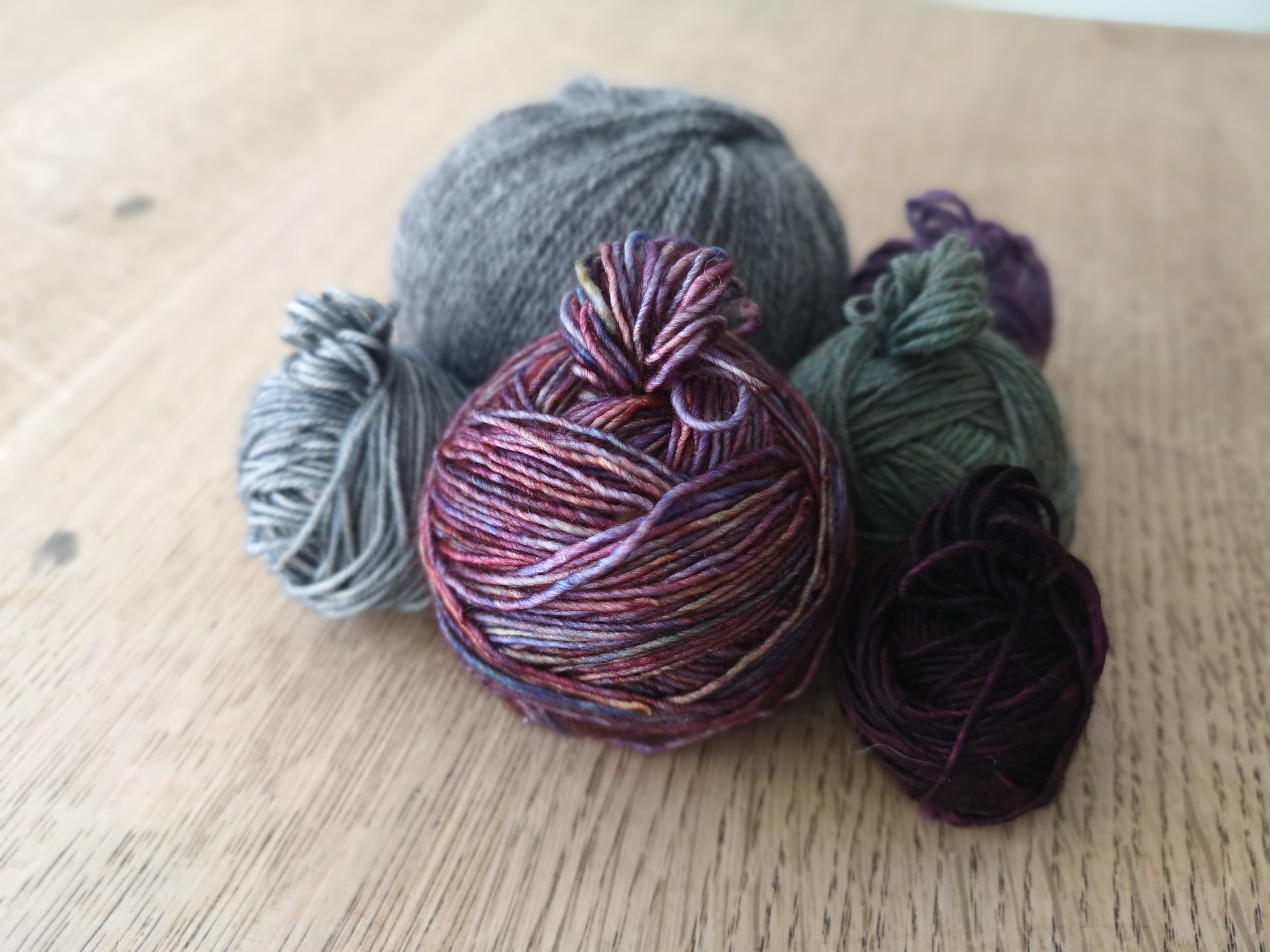
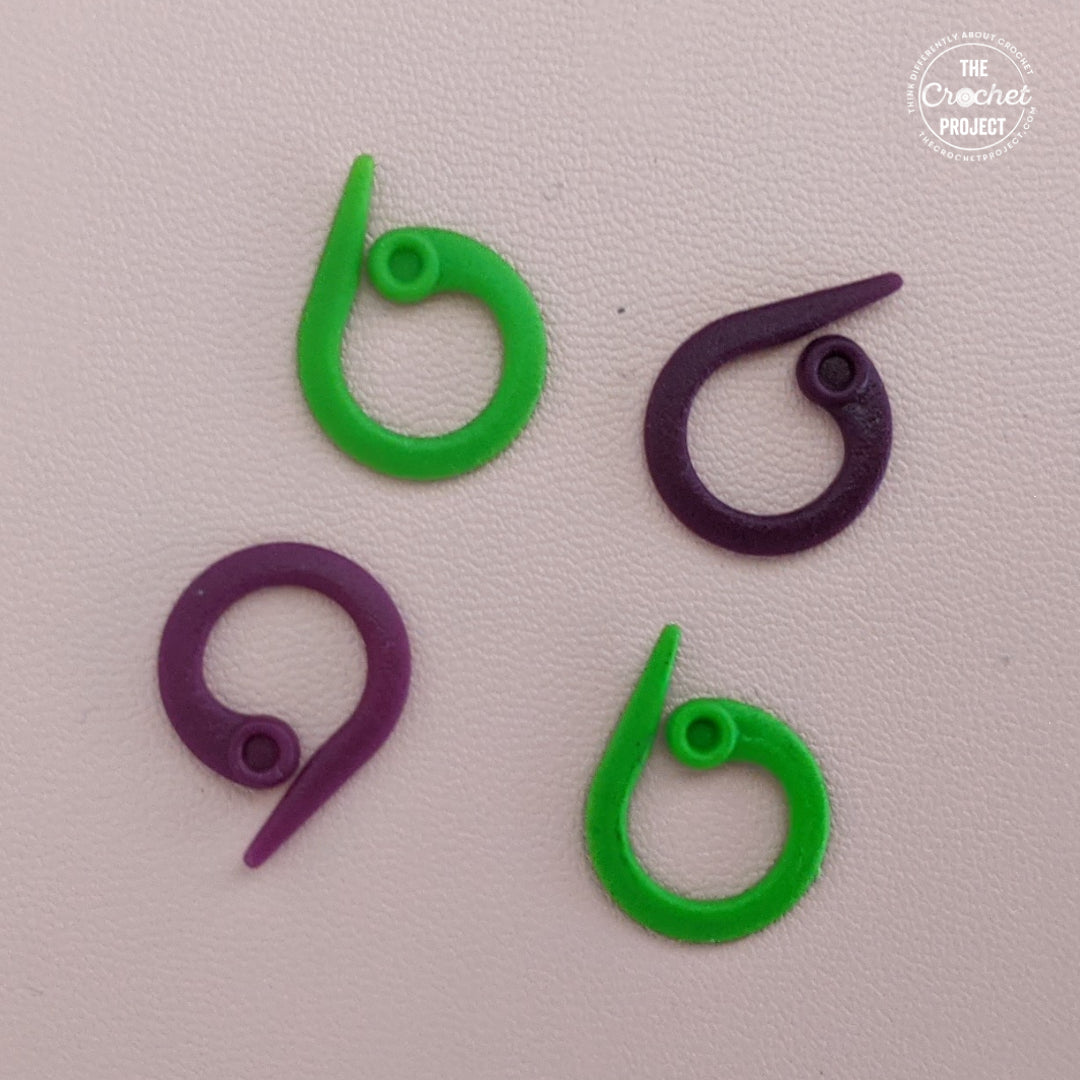
Leave a comment
All comments are moderated before being published.
This site is protected by hCaptcha and the hCaptcha Privacy Policy and Terms of Service apply.